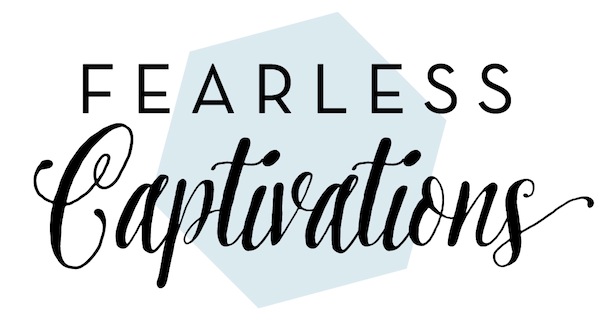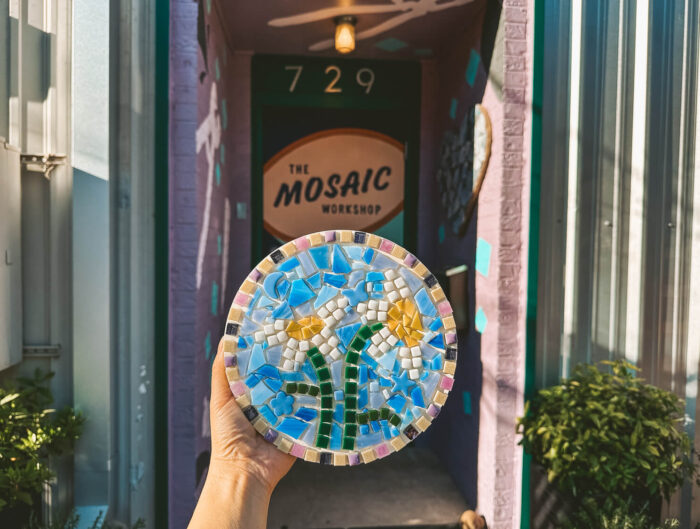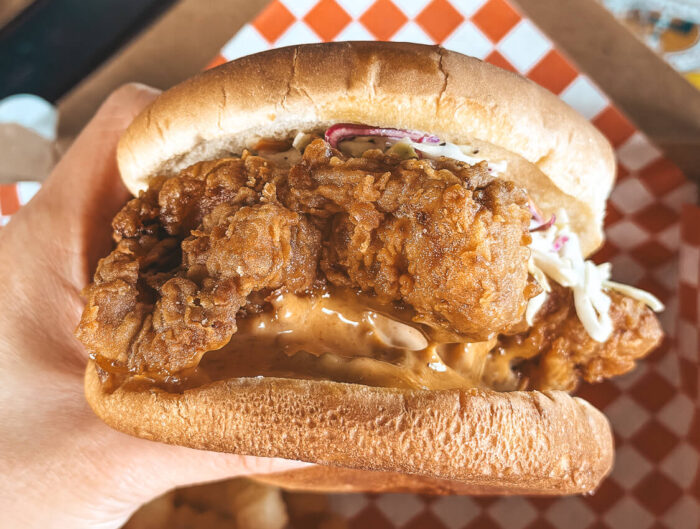Update: I took this class at H2Grow, a farm near Austin. In 2025, Hannah, the farm owner, sold the farm and moved to West Virginia, where she continues farm life. While this class is no longer available, the overview is still relevant.
This post shares all about the chicken butchery class I attended.

Have you ever taken an animal butchery class? If you eat meat or enjoy animal products, why not learn more about what you’re eating? For a while now I’ve wanted to experience something like this because I think it’s important to understand the connection between an animal’s life and death and my food source.
Call me a nerd or a true foodie, but I was ecstatic when I learned I won a chicken butchery class at H2Grow on Instagram. Honestly, I thought the class would start with the whole chicken you get at a grocery store and we would learn how to separate the parts, but I knew there was a chance it would start at the beginning, so I wasn’t too surprised.
I know butchery can be a sensitive subject, so I’ve put all photos that could make you squeamish in the “Chicken Butchery Process” section. Skip over that if needed.
“A significant part of the pleasure of eating is in one’s accurate consciousness of the lives and the world from which the food comes.” – Wendell Berry, American novelist, and environmental activist
Quick Terminology 101
So that you’re on the same page as me, here are some words I’ll use in this post.
- Farmer – someone who grows crops
- Rancher – someone who raises and produces meat
- Humane – having or showing compassion
- Butcher – the act of slaughtering and cutting up an animal for food
- Raise – taking care of an animal from birth/young to the age when it is butchered
- Process – same as butchering
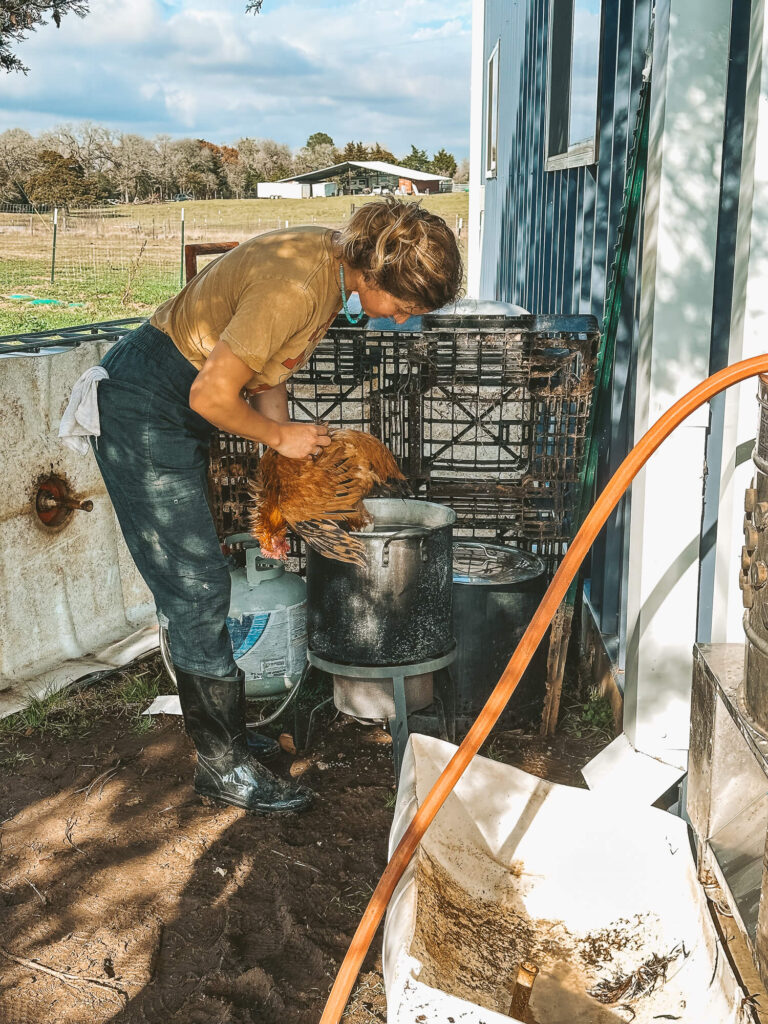
Why did I take a chicken butchery class?
Supporting and Experiencing Local
A few years ago, I embarked on a year-long, farm-to-table adventure exploring local food. I ate a lot of delicious locally grown and raised food. It took me to a cheese-making goat farm and taught me about beekeeping, among many other experiences. While I was hyper-focused on a mission that year, I strive to keep learning and exploring. You can see all my local food posts here.
Curiosity
I’ve never really experienced something like this. I’ve gone fishing, but learning how to process an animal was an introduction to art that ranchers around the world do. It’s not a skill I plan to use frequently or probably at all, but I’m glad I was able to experience it.
Connection
Most importantly, I was interested in understanding where my food comes from. As a foodie, I don’t only want to enjoy the food with my eyes and in my mouth. I want to appreciate the farmer or rancher who grew and raised the ingredients, the people who processed them, and the people who transforms them into food on a plate. I want to know the full cycle. The privilege of walking into a store and easily getting a beautifully packaged product can take away the entire story and meaning behind it. It’s important to connect the process of raising a chicken to the easy end product I get at the store.
People should be able to see the process of how a once-living thing ends up in your grocery store. If I shy away from that because it’s “gross,” then what right do I have to eat it and enjoy it? Disassociating from the process can make us consume mindlessly. If I’m going to eat meat, I need to understand where it comes from as a way to honor it all – from the life of the chicken, the hands that were part of the process, the privilege of food, and the cycle of life.
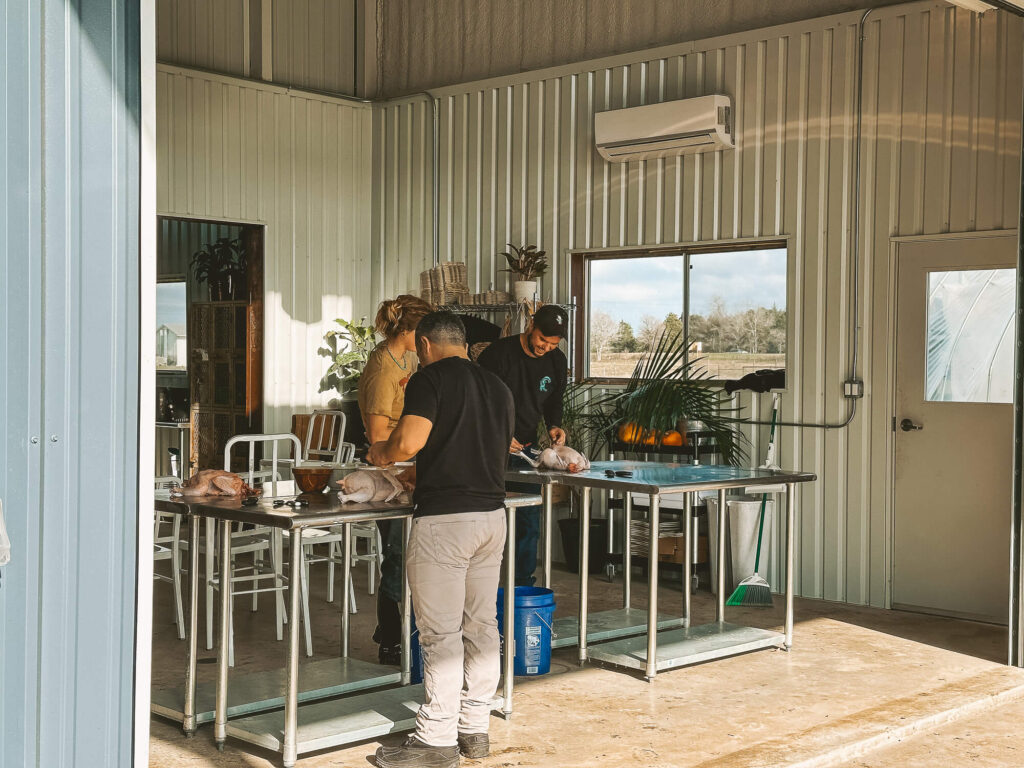
About H2Grow
Owned and operated by Hannah Gongola since 2020, H2Grow is a farm located in Paige, TX (about 45 minutes east of Austin) aiming to reconnect people with their food. The farm does this by selling farm boxes, installing garden beds, hosting classes, and bringing people to the farm.
The offerings and vision continue to evolve and expand as Hannah tries new things, like her first batch of beer I got to taste! The lifestyle and business of owning a farm are far from easy but having the passion and calling makes it a rewarding adventure.
The chicken butchery class was the first of many the farm will have this year. These classes are a great opportunity to learn a new skill and learn about food. The chickens for the class were raised by Belle Vie Farm, an Austin-area farm focused on meat birds. (We’ve enjoyed their duck on several occasions!)
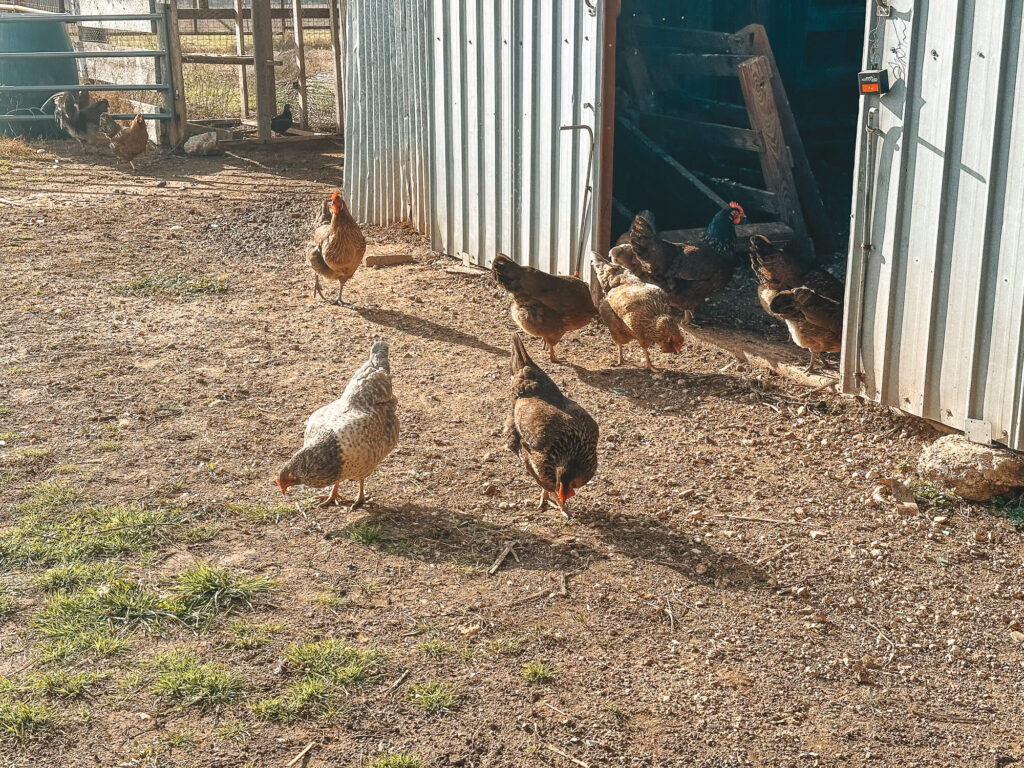
“To live, we must daily break the body and shed the blood of Creation. When we do this knowingly, lovingly, skillfully, reverently, it is a sacrament. When we do it ignorantly, greedily, clumsily, destructively, it is a desecration.” – Wendell Berry
FAQ about the class
I posted a frame on my Instagram story after my class and got some questions. The conversations helped me think through the experience.
Did you kill the chickens yourself?
Yes. Our instructors – Hannah and Anne – talked through the process and then showed us the process first. Then it was hands-on with guidance.
Was it scary? How did it feel?
If it wasn’t scary or if it were easy, I would think something was wrong with me. Killing a living thing is not easy and the process felt sacred. My fear came from wanting to do it correctly and efficiently to give the chicken the most painless death possible. I hesitated about placement, taking a moment to check the path and honor the bird, but you need to do it confidently for it to be efficient. The act gave me some shock. The blood and the gutting/cleaning were gruesome, but I know we were careful in technique and thoughtful about saving as much of the bird as possible. I felt uncomfortable because I’d never done it before but also proud and humble for being able to learn and experience this.
Did the chicken suffer?
The method we used is thought to be the most calming and humane way.
Are you going to start butchering chickens yourself?
No. Maybe one day in the very far future I will grow my own food but I took this class for the reasons in the previous section.
Did it make you want to be a vegetarian?
No. I eat meat and enjoy dishes with meat, and the experience didn’t change that. The class gave me a deeper appreciation for meat animals and the people who produce (raise, process) them. To me, the process of raising animals as food is part of a life cycle and through regenerative agriculture, a way to keep our land healthier. I can understand why ethical vegetarians and vegans choose to be so.
Does this mean you’ll only eat farmers market goods?
The class did make me think about my consumption choices, like where I get my meat and how much meat I eat. That would be the ideal situation – to know the specifics, like where it was grown and who did the growing, of what I eat. For now, I want to increase the percentage of groceries we get from farmers markets/local producers. The grocery store’s ease of access and cost keeps me from saying 100% from a farmers market, but I can do more.


Chicken Butchery Process
You are likely (and hopefully not) coming to this post to get instructions on how to butcher a chicken, but if you’re interested in the process, here’s a quick rundown.
- A killing cone is where you put the bird upside down with the head sticking down. After slitting its neck, it will bleed out and die fairly quickly.
- You put the bird into scalding hot water, about three dunks, to loosen the feet skin and feathers.
- The bird is then put into a plucker (a lot faster than plucking yourself) where it spins for about 5-8 seconds to get all the feathers off.
- Then comes using a very sharp knife to remove the feet, head, neck, glands, and insides. You can save the feet and neck to make broth and the liver and heart to eat.
- Put on ice for a bit! Then wrap for further chilling.
- You should wait 2-3 days before cooking or freezing your chicken.





What I learned from the experience
As you can tell, this experience was less about the technique of how to butcher a chicken and more about connecting with food. This was an eye-opening and heart-opening experience for me.
General Chicken Knowledge
Knowledge-wise, I learned about different farming methods, the anatomy of chickens, and the whole process of processing a chicken. I was able to complete the whole process myself, imperfectly, and with welcome guidance from the experts.
Hidden Costs
I was reminded that eating local ingredients is important. There is always a cost to the things we consume. From the clothes we wear to the things we eat, many hands, literally and figuratively, are involved in bringing that product in front of you. When it comes to food, the ease of stores shows me the disconnect between the people who grew and raised the food and me. I know I can be more thoughtful about what I eat and where I get it from. I’ve written about this in the past if you want more details:
Gratitude
I am humbled and in awe of people who raise meat animals and grow food for others. It is not an easy career, but I imagine it is rewarding. We need people passionate about this to help us improve our food system and to challenge people to think about their food and the health of the land. I’m also thankful there are resources, like H2Grow’s classes, that help teach people about food.
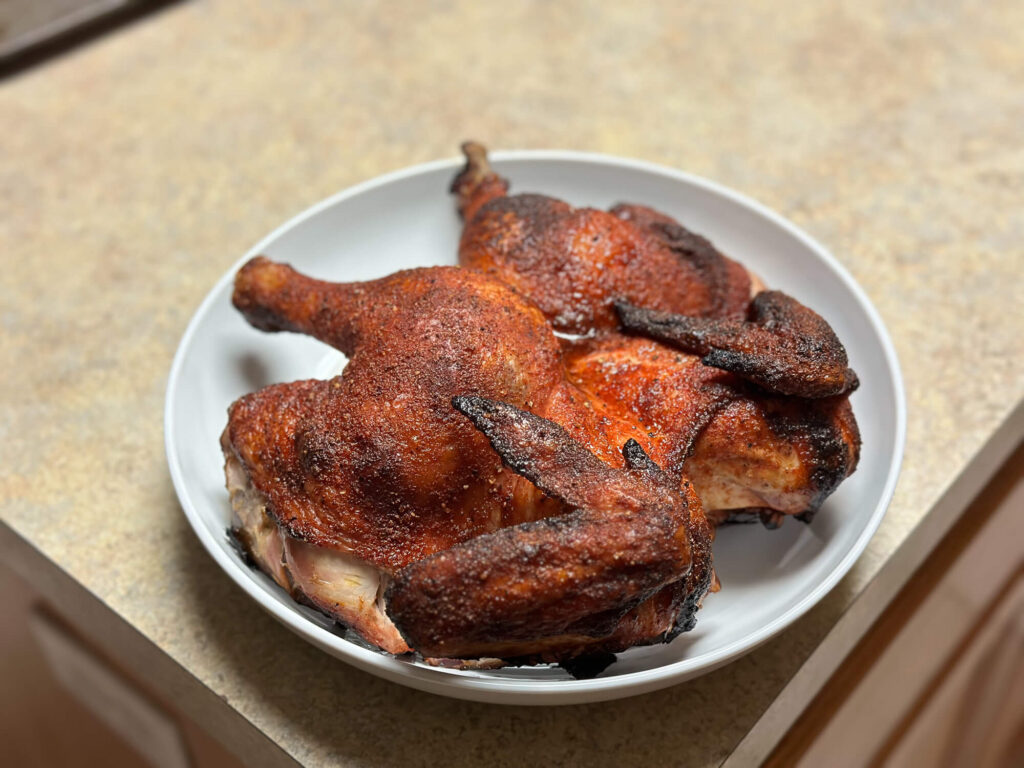
This class has been an experience I’ve been thinking about a lot, and I’m glad I got to do it. If you have any questions, let me know!
To learn more about H2Grow, visit their website.
If you’re looking for more options for butchery classes in Austin, check out The New School of Traditional Cookery and Roam Ranch.
